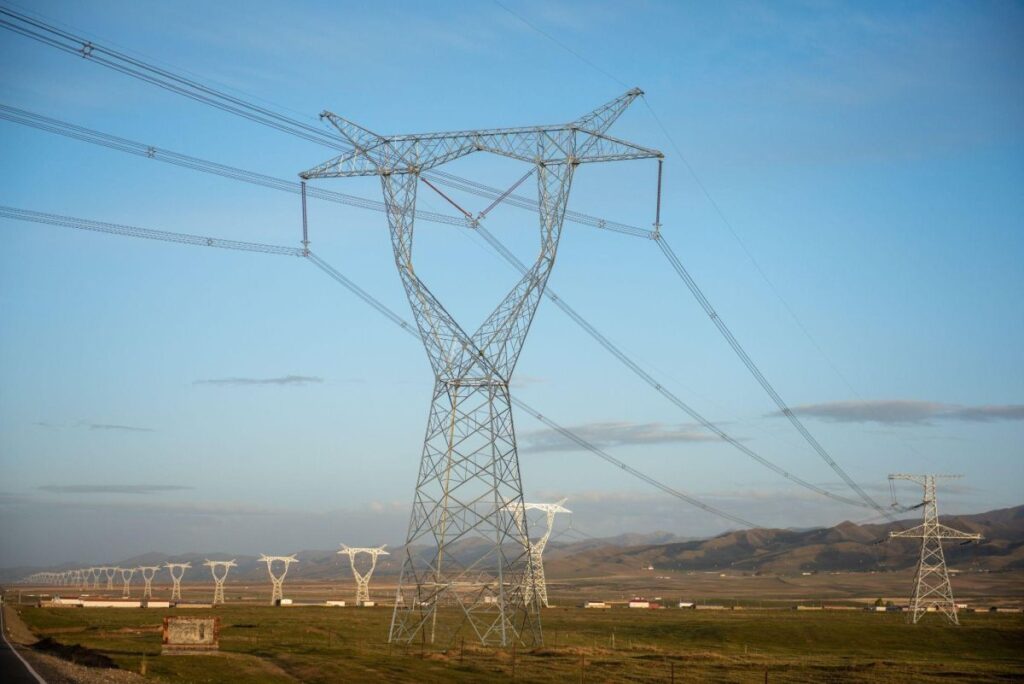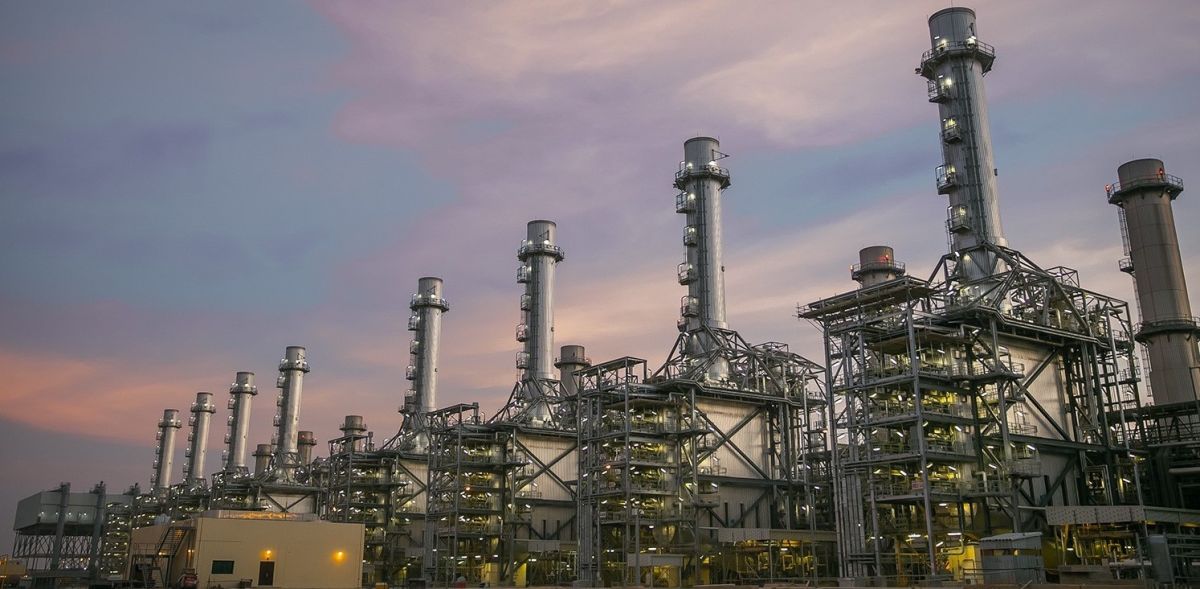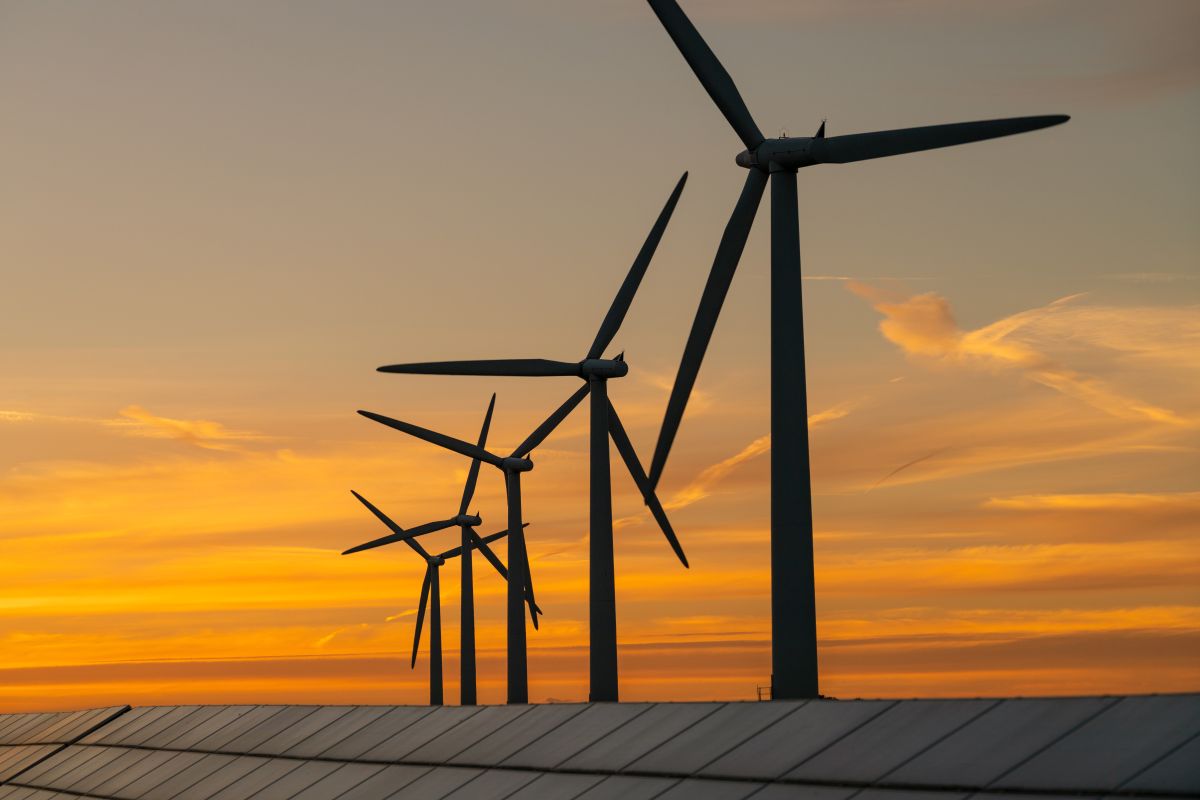WWW.UTILITYDIVE.COM
The grid operator will adopt heightened oversight of two major offshore wind transmission projects to make sure their development remains needed.
The California Independent System Operator’s board on Thursday approved a $6.1 billion, 10-year transmission plan that includes projects to deliver offshore wind to customers.
Transmission projects to access clean energy resources total about $4.6 billion and are all in Pacific Gas & Electric’s service territory. Reliability-driven projects total about $1.5 billion.
Two offshore wind-related transmission projects in Northern California – costing an estimated $2.7 billion and $1.4 billion – will be open to competitive bidding. CAISO expects the projects, which include 500-kV transmission lines, will be start operating in the 2034-35 timeframe.
CAISO is adopting heightened monitoring for those projects to ensure that their development remains needed and their timing is aligned with offshore wind development, Neil Millar, the grid operator’s vice president of transmission planning and infrastructure development, said at the board meeting.
The 2023-2024 transmission plan reflects California’s efforts to target its transmission, resource and grid interconnection planning processes at specific zones where load-serving entities can procure capacity, said Jeff Billinton, CAISO’s director of transmission infrastructure planning.
The grid operator’s transmission planning is partly driven by estimates that California needs to add roughly 7,000 MW a year to meet its clean energy goals, Elliot Mainzer, CAISO president and CEO, told the board.
The plan’s offshore wind transmission projects are a “significant step” towards building California’s first offshore wind projects, Molly Croll, Pacific offshore wind director for the American Clean Power Association, said in a statement.
SunZia to join CAISO
In another transmission decision, CAISO’s board approved an application that makes SunZia Transmission a participating transmission member. Pattern Energy’s SunZia subsidiary is building a 551-mile high-voltage, direct-current transmission project that is designed to connect up to 3,021 MW of wind generation in New Mexico, with 2,131 MW set for delivery to California via the Palo Verde substation, according to a staff memo to the board.
SunZia intends to begin commissioning its project in the second quarter next year, with commercial operations starting a year later, according to the memo.
SunZia is the second “subscriber participating transmission owner” in CAISO after TransWest Express, which is building a project to deliver about 3,000 MW of Wyoming wind to California.
The subscriber participating transmission owner model enables new transmission lines outside CAISO’s balancing area to connect generation to the California grid, according to Mainzer. Entities subscribing to use the transmission line help finance the up-front cost of the project without increasing the ISO’s transmission access charge, Mainzer said in a report to the board.
The project will strengthen grid interconnections in the West, which will support CAISO’s pending day-ahead market for the region, according to Mainzer.
Strong summer outlook as clean energy grows
Looking ahead, Mainzer said CAISO is in a stronger position heading into the summer compared to previous years.
CAISO expects its resources will be able to meet forecasted demand plus an 18.5% reserve margin for all summer months, according to its summer assessment. The grid operator anticipates it will have more than 3,500 MW of surplus supplies over forecasted demand plus the reserve margin during key early evening peak net load hours in September, Mainzer said in the memo.
About 926 MW was added to CAISO’s system in the first quarter of this year and the grid operator expects about 4,570 MW to be added in the second quarter, according to the memo. Also, CAISO has 8,500 MW of lithium-ion battery storage on its system, Mainzer told the board.
CAISO met all or more of electric demand with wind, hydro and solar energy for multiple hours on multiple consecutive days in April and May, and for longer periods of time than in previous years, Mainzer said in the memo.
“These renewable peaks are for a small number of hours in the year, and under ideal conditions, but it means more renewable generation is coming online and our operators are skillfully managing substantial amounts of carbon-free resources on the system,” he said.












